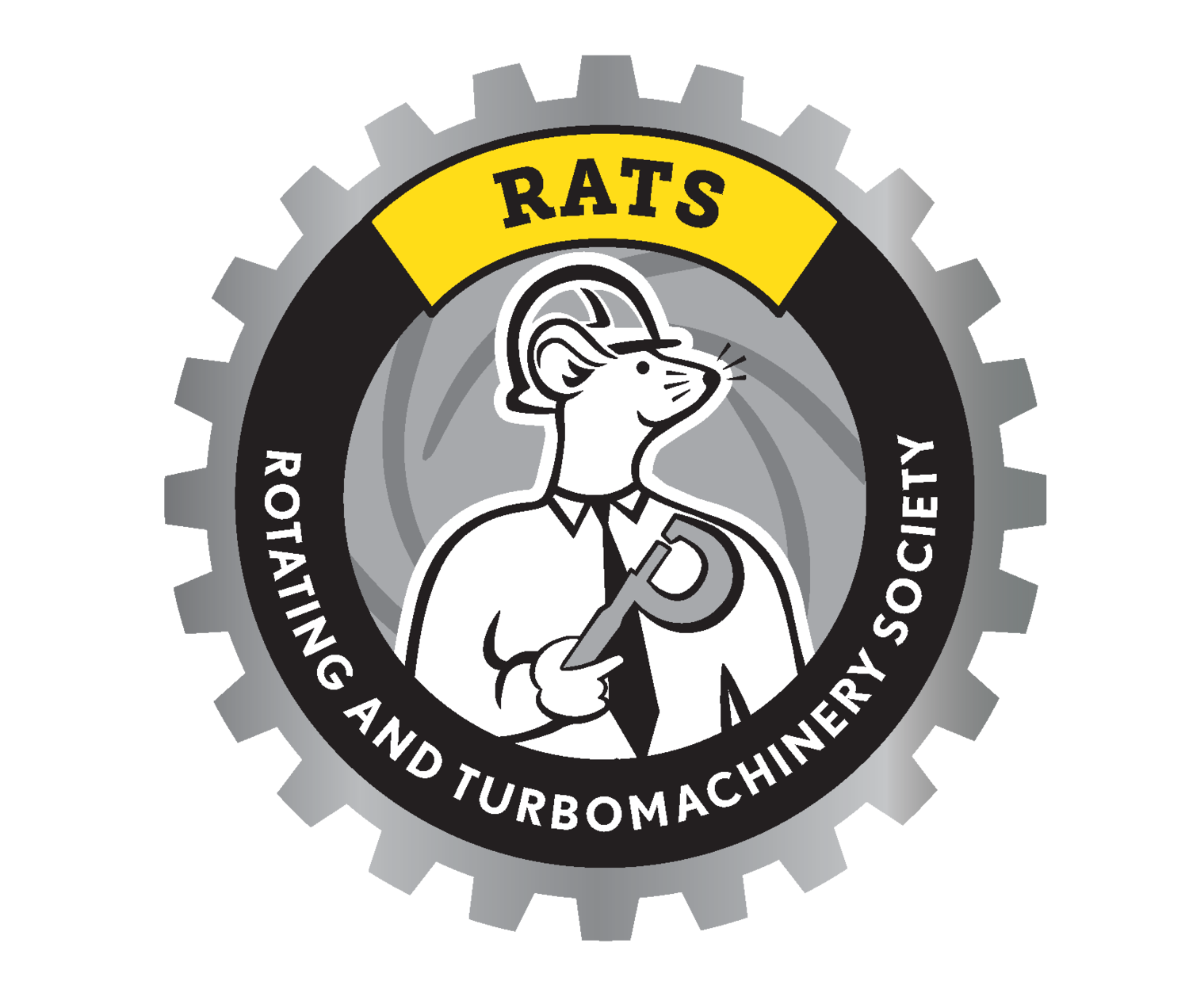Topic:
Intro to Reciprocating Compressors, Components, and Emissions
Presenter(s):
-
John Ladd is the Engineering Manager at HOERBIGER Service Inc. based in Houston, TX. He supports the North America service branches providing repairs and upgrades on Reciprocating Compressors for the Oil & Gas and Chemical/Petrochemical industry. Prior to his current role he was a Solutions REE Engineering Specialist and Compressor Analyst at HOERBIGER Service Inc. John earned his Master's in mechanical engineering at Colorado State University with a focus on legacy integral pipeline compressors.
-
Klemens Kuderer is the Global Engineering Expert at HOERBIGER Vienna GmbH based in Austria. He supports the regional engineering departments providing simulations and advanced studies on Reciprocating Compressors for the Oil & Gas and Chemical/Petrochemical industry. Prior to his current role he was Product Manager Mechatronics in Singapore for Asia/Pacific and Global REE Auditor. Klemens earned his Master’s in international industrial engineering at University of Applied Science at Technikum Vienna.
Details:
Half-day (4-hour) interactive workshop
Exact time: 8:00AM to 12:00PM
Description:
Reciprocating compressor are critical for the entire oil and gas infrastructure but they are some of the most misunderstood and overlooked pieces of equipment. This course is designed to introduce engineers, operations, and maintenance personnel to reciprocating compressors and their performance defining components, as well as the underlying theory for their operation. This course will also review the sources of emissions and provide the end users a road map on how to mitigate these concerns.
Agenda:
Introduction to Reciprocating Compressors
How do they work
What are the major components
Introduce the API 618 Data Sheet
Theory of Compression
Introduce the governing equations
Compressor capacity control methods
Understand how losses effect the compression process
Introduction to Compressor Valves
How do they work
Review the different types
Performance defining characteristics
Introduction to Rings and Packing and Emissions Mitigation
How do they work
Design considerations
Means to optimize performance
